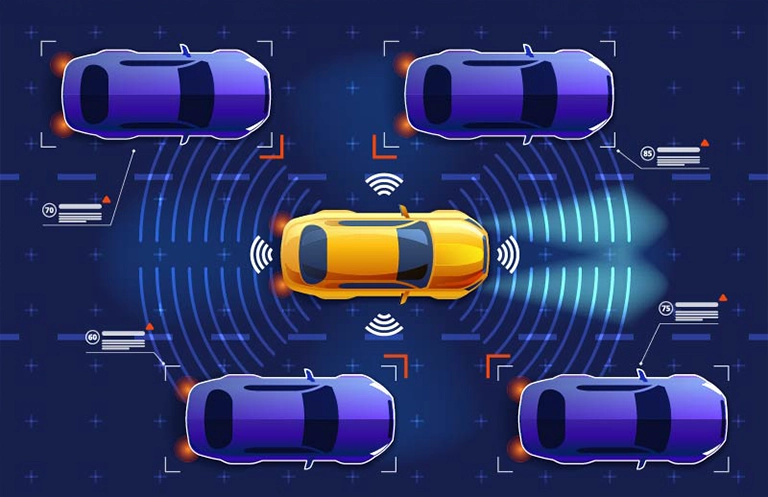Executive Summary
According to a UN report, 66% of the global population would be living in cities by 2050 ,1 a sizeable increase over current figures of 54%.2 Urban sprawl is a major consequence of this population increase as municipalities grapple with the challenges of providing efficient movement of people, goods and services across much greater distances and widespread communities. There’s been a lot of buzz lately on the expansion of smart city projects whose aim is to implement latest digital and information age technologies, for improving citizens’ quality of life.3 Smart transit projects, e.g. intelligent fleet management systems, driverless cars, and zero-emission transport, are expected to play a key role in shaping the future standards of public and private transportation and thus, have become major trending topics in the smart cities discussion.
Project Highlights






